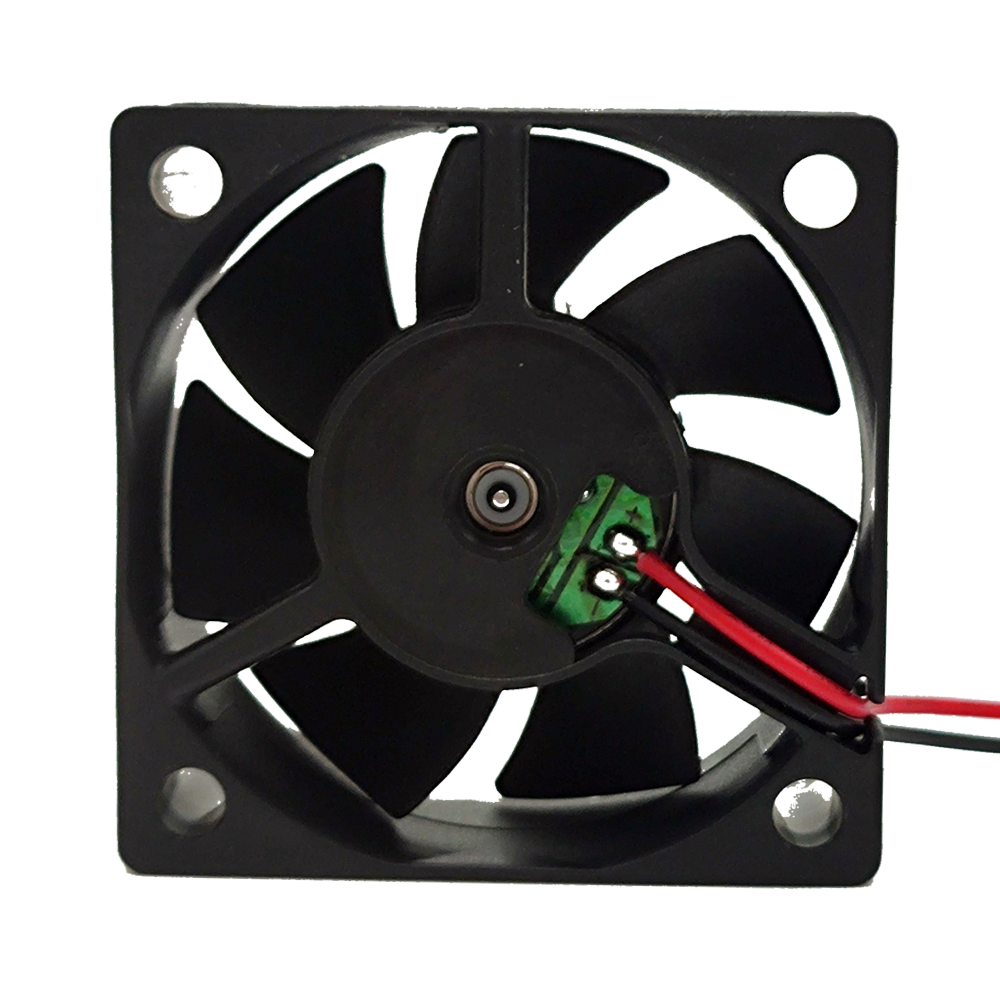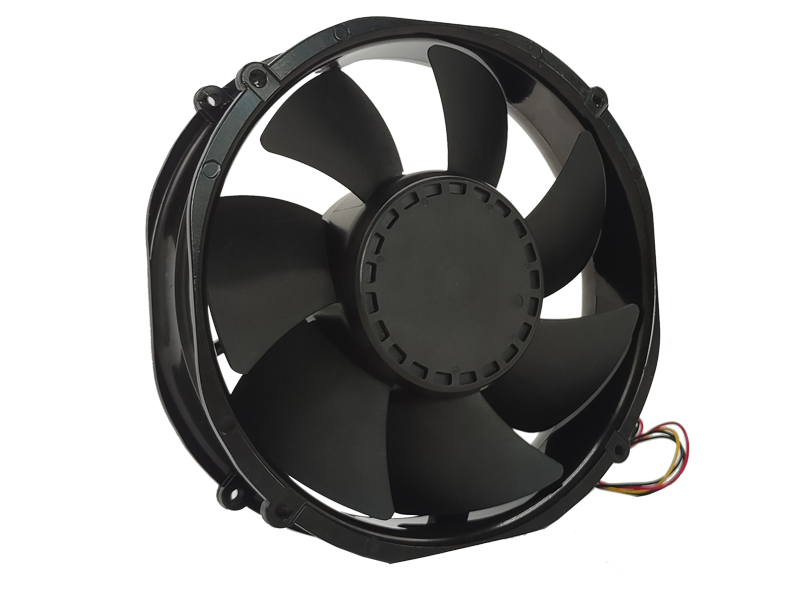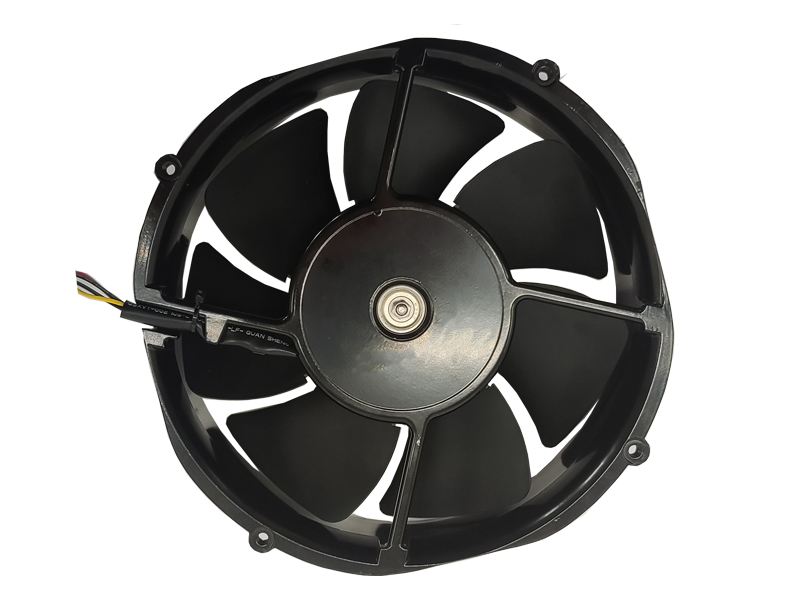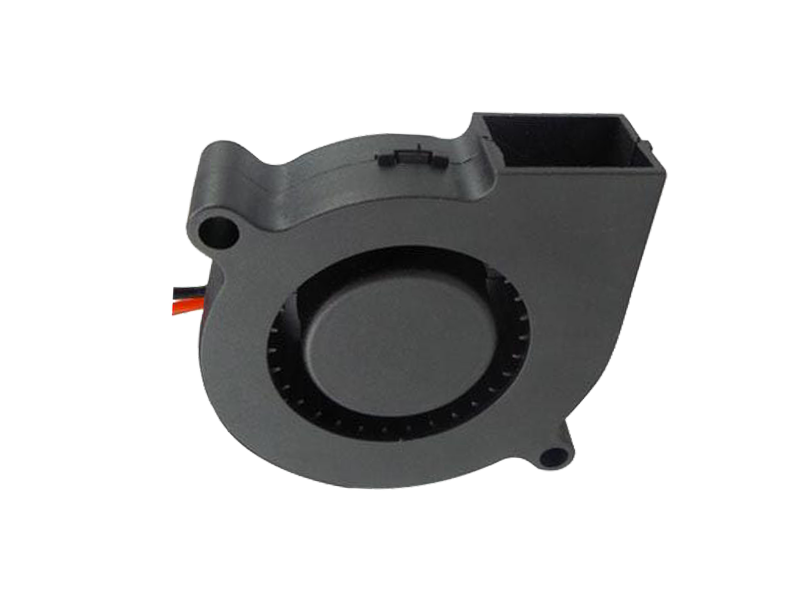Industrial fans play a critical role in various industrial applications, from large manufacturing facilities to HVAC systems and even in agriculture. These fans are crucial for regulating temperature, ensuring ventilation, and improving air circulation, thus enhancing the overall efficiency and productivity of the working environment. With increasing demands for energy efficiency, sustainability, and higher performance, the design and innovation of industrial fans have become key areas of focus in industrial product development. This article explores the key factors in industrial fan design, as well as the current innovation trends in this field.
1. The Importance of Industrial Fans in Various Industries
Industrial fans are essential in controlling air circulation, providing ventilation, and maintaining optimal working conditions in facilities such as factories, warehouses, power plants, and even agricultural greenhouses. Whether used for cooling, exhausting heat, or controlling humidity, industrial fans help prevent overheating of machinery, promote worker comfort, and reduce the risk of equipment malfunction due to poor ventilation.
In industries like manufacturing, power generation, and automotive, maintaining proper airflow is essential not only for the safety of workers but also for the longevity and efficiency of equipment. Without effective airflow systems, high temperatures and humidity levels can lead to faster wear and tear on machines, reduced operational capacity, and even safety hazards.
2. Key Design Considerations for Industrial Fans
When designing industrial fans, several critical elements must be taken into account to ensure that the fan performs efficiently and meets the requirements of the specific application. These design considerations include:
Fan Type Selection: Different industrial applications require different types of fans. Common fan types include axial, centrifugal, and mixed-flow fans. Axial fans are used in applications where large volumes of air need to be moved at relatively low pressure, such as ventilation systems. Centrifugal fans, on the other hand, are designed to move air at higher pressures, making them suitable for systems with higher resistance, such as in dust collection or air filtration systems.
Airflow and Pressure Requirements: A critical factor in fan design is determining the required airflow (volume of air moved per minute) and pressure (resistance against which the fan must operate). Airflow requirements vary depending on the application, and the fan’s pressure capability must match the system’s needs. For example, in systems with filters or ducts, the fan needs to be capable of overcoming resistance without losing efficiency.
Motor and Efficiency: The motor that powers the industrial fan is a central element of its design. The motor must be powerful enough to achieve the desired airflow and pressure, but also efficient to minimize energy consumption. High-efficiency motors, such as those that comply with energy standards like IE3 or IE4, are increasingly being integrated into industrial fan systems to reduce operational costs and meet sustainability goals.
Noise Reduction: In industrial settings, noise can be a major concern, especially when fans operate continuously. Industrial fan design must balance the need for high performance with minimizing noise levels. Using materials that reduce vibration, optimizing the shape of the fan blades, and selecting low-noise motors are some of the strategies used to reduce fan noise.
Durability and Maintenance: Industrial fans are typically subjected to harsh environments, including exposure to dust, chemicals, and high temperatures. Therefore, their design must prioritize durability. Components such as bearings, motors, and blades must be made from materials that can withstand these conditions. Furthermore, fans must be easy to maintain, with accessible parts and simple maintenance procedures to ensure long-term reliability.
3. Innovation Trends in Industrial Fan Design
In recent years, innovation in industrial fan technology has focused on improving energy efficiency, performance, and adaptability to diverse industrial applications. Some of the key trends include:
Smart Fans with IoT Integration: The integration of Internet of Things (IoT) technology in industrial fans is revolutionizing fan systems. Smart fans can monitor their own performance, track energy usage, and send real-time data to centralized systems for analysis. This allows for predictive maintenance, which can reduce downtime and lower maintenance costs. Moreover, smart fans can automatically adjust their speed and performance based on real-time environmental conditions, such as temperature and humidity.

Energy-Efficient and Sustainable Solutions: As energy consumption and environmental impact become more pressing concerns, industrial fan manufacturers are focusing on creating more energy-efficient solutions. This includes optimizing fan blade designs to reduce air resistance and using high-efficiency motors that consume less power. Additionally, the use of environmentally friendly materials, such as recyclable components, is gaining importance in fan design.
Modular and Customizable Fan Systems: Flexibility is another trend in industrial fan design. Many industrial applications require specific airflow and pressure configurations, and manufacturers are responding by offering modular fan systems that can be customized based on the client’s needs. These systems can be adjusted for different sizes, motor configurations, and airflow capacities, making them suitable for a wide range of applications.
Noise Reduction Technologies: Innovations in noise reduction are crucial in industries where noise pollution is a concern. Manufacturers are employing technologies such as acoustic enclosures, noise-dampening materials, and advanced blade designs to minimize the sound generated by industrial fans. This helps improve worker comfort and ensures that facilities comply with noise regulations.
4. The Future of Industrial Fans
As industrial processes become more advanced, the demand for higher-performing and more energy-efficient industrial fans will only continue to grow. Innovations in automation, IoT, and sustainability are likely to lead the way in the future of industrial fan design. Moreover, with the shift toward greener manufacturing processes and more stringent environmental regulations, the role of industrial fans in maintaining optimal conditions for both workers and machines will remain critical.
Manufacturers that are able to stay ahead of these trends by embracing technological advancements and prioritizing energy efficiency, durability, and customization will find themselves well-positioned to lead in an increasingly competitive industrial market.
Recommended Products

The main purpose:Car charging station

The main purpose:Car charging station

The main purpose:Electronic refrigerators, water dispensers, direct drinking machines, inverter power supplies
Address:No. 4137, Longgang Avenue (Henggang Section), Henggang Community, Henggang Street, Longgang District, Shenzhen
hotline:13530005572(Chen)15112579390(Li)


Welcome all friends to come for consultation and negotiation.
Copyright 2024 @ Shenzhen Youneng Xinyuan Electronics Co., Ltd.,(industrial fans,industrial blowers,axial fans,cooling fans manufacturer,centrifugal fans,ac cooling fans,dc cooling fans)